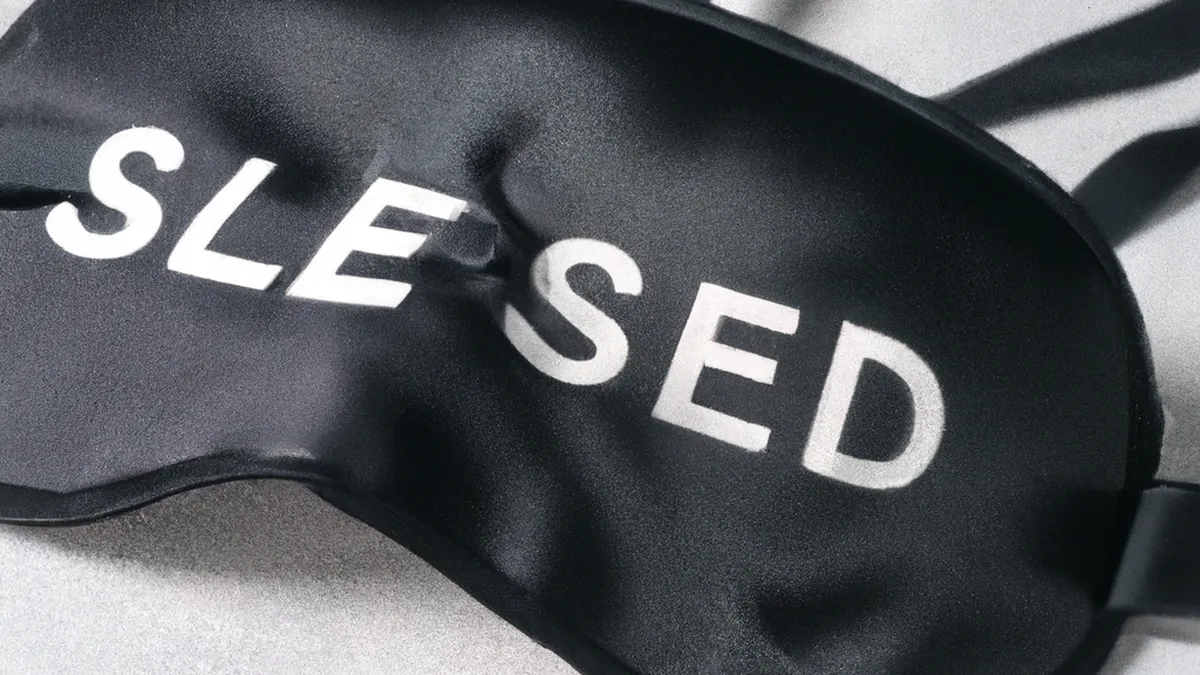Age Matters in Quad Tendon Recovery
The Impact of Age and Activity Level on Quad Tendon Rehab
Rehabilitation after a quad tendon injury varies greatly between individuals. Age and activity level significantly influence recovery, affecting rehab approaches and outcomes. Understanding these factors helps tailor the rehab process for effective healing. This blog post explores the impact of age and activity level on quad tendon rehabilitation and emphasizes personalized rehab programs and successful recovery strategies.
Understanding Quad Tendon Injuries
Quad tendon injuries commonly affect athletes but can also impact active individuals in daily activities. The quad tendon connects the quadriceps muscle, which extends the knee, to the kneecap (patella). Injured tendons cause symptoms like pain, swelling, and decreased mobility.
Injury severity varies; complete tears often require surgery, while partial tears usually receive conservative treatment. Regardless of severity, rehabilitation restores function and prevents future injuries.
Age and Its Role in Rehabilitation
Age significantly influences rehabilitation. Younger individuals, especially those in their late teens and twenties, heal more robustly. Their bodies respond better to physical therapy, allowing quicker recovery of strength and mobility. Higher collagen synthesis and more elastic tendons aid their efficient healing process.
In contrast, older adults over 50 often face more recovery challenges. Aging reduces tendon flexibility and increases degeneration risk. Older individuals may also have underlying health issues, such as arthritis or diabetes, complicating healing. These factors require a tailored rehab approach for older patients, ensuring proper support and guidance.
Tailoring Rehab for Different Age Groups
Rehabilitation programs must customize based on a patient’s age. Younger patients usually handle intense activities and benefit from high-impact exercises early in recovery. Their competitive nature often motivates them to engage in rigorous training to return to sports.
Older adults typically need gentler exercises focusing on flexibility, balance, and overall mobility. Low-impact activities like swimming, cycling, or yoga suit this population better. Physical therapists should consider these age-related differences when designing rehab programs.
Activity Level: The Key to Recovery
Activity level significantly impacts quad tendon rehab. Active individuals, whether athletes or fitness enthusiasts, typically enjoy better fitness and may recover faster than sedentary individuals. Regular exercise strengthens muscles and tendons, promoting quicker healing and better outcomes.
However, the type of activity matters. Athletes engaged in high-impact sports, such as basketball, face unique recovery challenges.
Conclusion
Understanding age and activity level enhances quad tendon rehabilitation. Customized programs improve healing outcomes and support individual recovery journeys.
Below are related products based on this post:
FAQ
How does age affect quad tendon rehabilitation?
Age significantly influences rehabilitation outcomes. Younger individuals, particularly those in their late teens and twenties, tend to heal more robustly due to better collagen synthesis and tendon elasticity. In contrast, older adults over 50 often face more challenges, such as reduced tendon flexibility and increased risk of degeneration, which necessitates a tailored rehab approach.
What role does activity level play in recovery from a quad tendon injury?
Activity level greatly impacts recovery. Active individuals, including athletes and fitness enthusiasts, generally recover faster than sedentary individuals due to enhanced muscle and tendon strength from regular exercise. However, the type of activity can also influence recovery, with high-impact sports presenting unique challenges during the rehab process.
How should rehabilitation programs be tailored for different age groups?
Rehabilitation programs should be customized based on age. Younger patients can handle more intense activities and benefit from high-impact exercises early in recovery. In contrast, older adults typically require gentler exercises that focus on flexibility, balance, and mobility, such as swimming or yoga, to support their healing process.















Post Comment